
The sunbathed half-mile stretch of road that links the Aden Adde International Airport and the Peace Hotel in Mogadishu, once named by TIME the “best hotel in hell,” is interrupted by at least seven security checkpoints: four at the airport, sporting metal detectors and concrete barriers, and three at the hotel – such are the measures taken to prevent Al-Shabaab’s assaults threatening Mogadishu every day.
War-torn Somalia is still a hostile place for reporters. Twenty five years of cruel civil war between military groups and terrorist organizations have torn apart this country located on the Horn of Africa between the Gulf of Aden and the Arabian Sea.
Photographer Marco Gualazzini is very familiar with this territory and its past. He visited Africa for the first time in 2009, working in the Democratic Republic of Congo and Ethiopia, returning over the years for more coverage in Somaliland – for the 20th anniversary of the self-declared state – and has toured Mali, Nigeria, and Sudan, to name a few. Still, for Gualazzini, Somalia remained an unexplored and fascinating territory, his interest with the Sub-Saharan region fueled by Ridley Scott’s Oscar-winning movie Black Hawk Down as well as the work of one of his maestri and sources of inspiration, James Nachtwey.
What led him to Somalia was a series of fortuitous events, particularly his encounter with Italian photographer Franco Pagetti, who covered the area extensively. Pagetti encouraged the photographer but also warned him of the difficulties of working in such a place “because ‘you can’t hide there.’”
When he entered the country in 2012 for one week, Gualazzini’s experience was very different from his previous visits to the continent. “Somalia is in a post-war situation. For the Western mentality, if someone doesn’t witness it directly, it is something hard to imagine, it is a world completely destroyed, overturned,” he says. “But somehow there are signs… I would call them ‘attempts at life’ – [to call them] rebirth would be an overstatement.”
In 2015, Gualazzini returned for a longer period – 21 days – to document precisely such “attempts,” this time hired by the Norwegian Refugee Council, a humanitarian non-governmental organization that financed most of the project and took care of the logistics. Because of the dangerous circumstances, intensified by Al-Shabaab’s “asymmetric warfare” of unpredictable terrorist attacks, Gualazzini adhered to N.R.C.’s strict conditions. Though these were necessary for his safety, he felt at time that they limited his natural reliance on instinct. Escorted each time by a dozen armed guards, traveling on armored trucks, Gualazzini was granted no more than 30 minutes for each location – roughly the time it takes Al-Shabaab to locate a target and attack.
A non-negotiable curfew at 5:30 p.m. each evening didn’t help either. “It is frustrating to work in Somalia,” he says referring to the dangers, “but at the same time it is extremely fascinating because Somalia is still really ‘a place beyond all others,’” he adds quoting what author Rudyard Kipling once said about India. Somalia is a place of dichotomies, Gualazzini explains, where the ferocious destruction of the civil war and the misery of the famine seep from the cracks of destroyed buildings, sore wounds that open again at each of Al-Shabaab’s new assaults.
“My intention was to show a Somalia that is not sinking [anymore] as it has done for the past 20 years,” Gualazzini explains. Rather “a Somalia that resists, a Somalia that rises again.”
This Somalia can be found in the cheerful crowds sitting on the damaged stands that surround handball courts, where female teams are playing; it can be seen as girls hang out on Mogadishu’s Lido Beach, undeterred by Shari’a, and young men play football on the sand nearby. A new Somalia is witnessing a reverse exodus, as Somali refugees who crossed the Gulf of Aden are now being driven from Yemen by civil war. As Gualazzini’s photos show, refugees camps are no longer a mass of makeshift tents, rather an organized village, like the one on the coastal city of Bosaso, that has its own dignity.
One of Gualazzini’s photos embodies these “attempts at life” for all: along the coast in Abdiaziz District, young men – soon to be trained as fishermen at the Fishing Training Center founded by N.R.C. and UNICEF – learn how to swim, floating reluctantly in their orange inflatable lifejackets – a symbol of calamity on Greek shores, a sign of hope in Mogadishu.
Marco Gualazzini is a freelance photographer based in Italy. His recent works include reportage in India, Myanmar, and he has covered Africa extensively. He is represented by Contrasto.
Mikko Takkunen, who edited this photo essay, is the former International Photo Editor at TIME.com.
Lucia De Stefani is a writer and contributor at TIME LightBox. Follow her on Twitter and Instagram.
Follow TIME LightBox on Facebook, Twitter and Instagram.
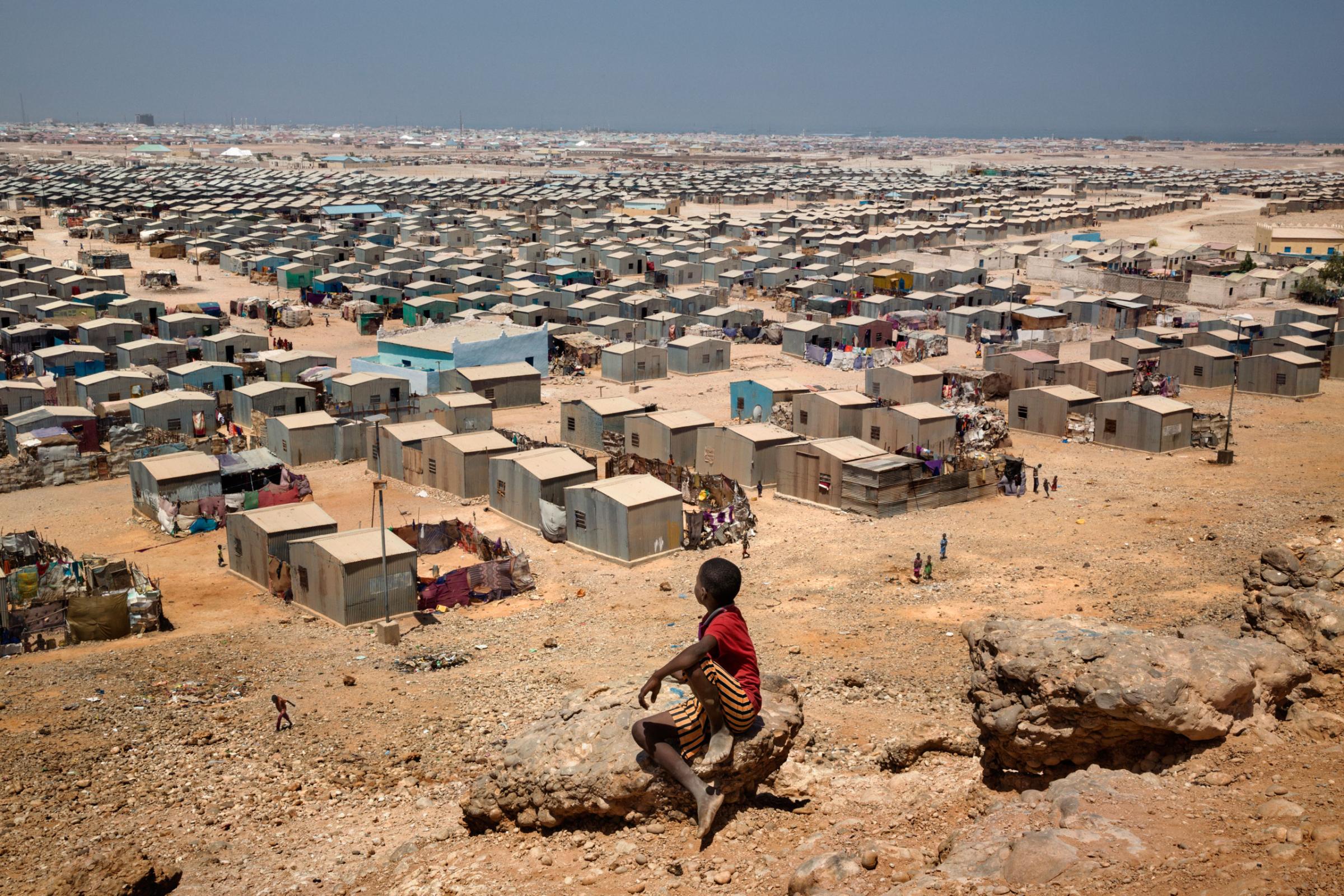



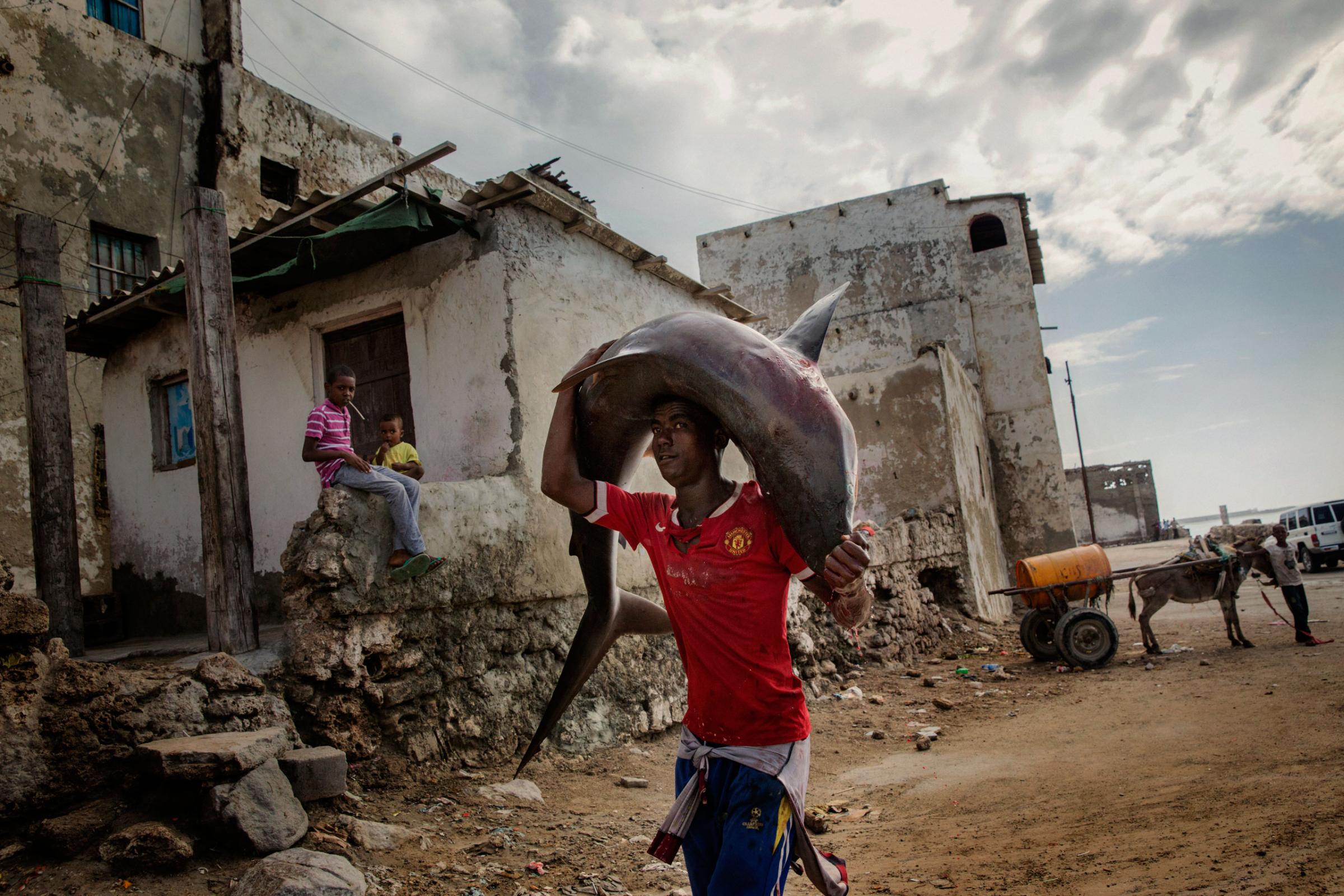

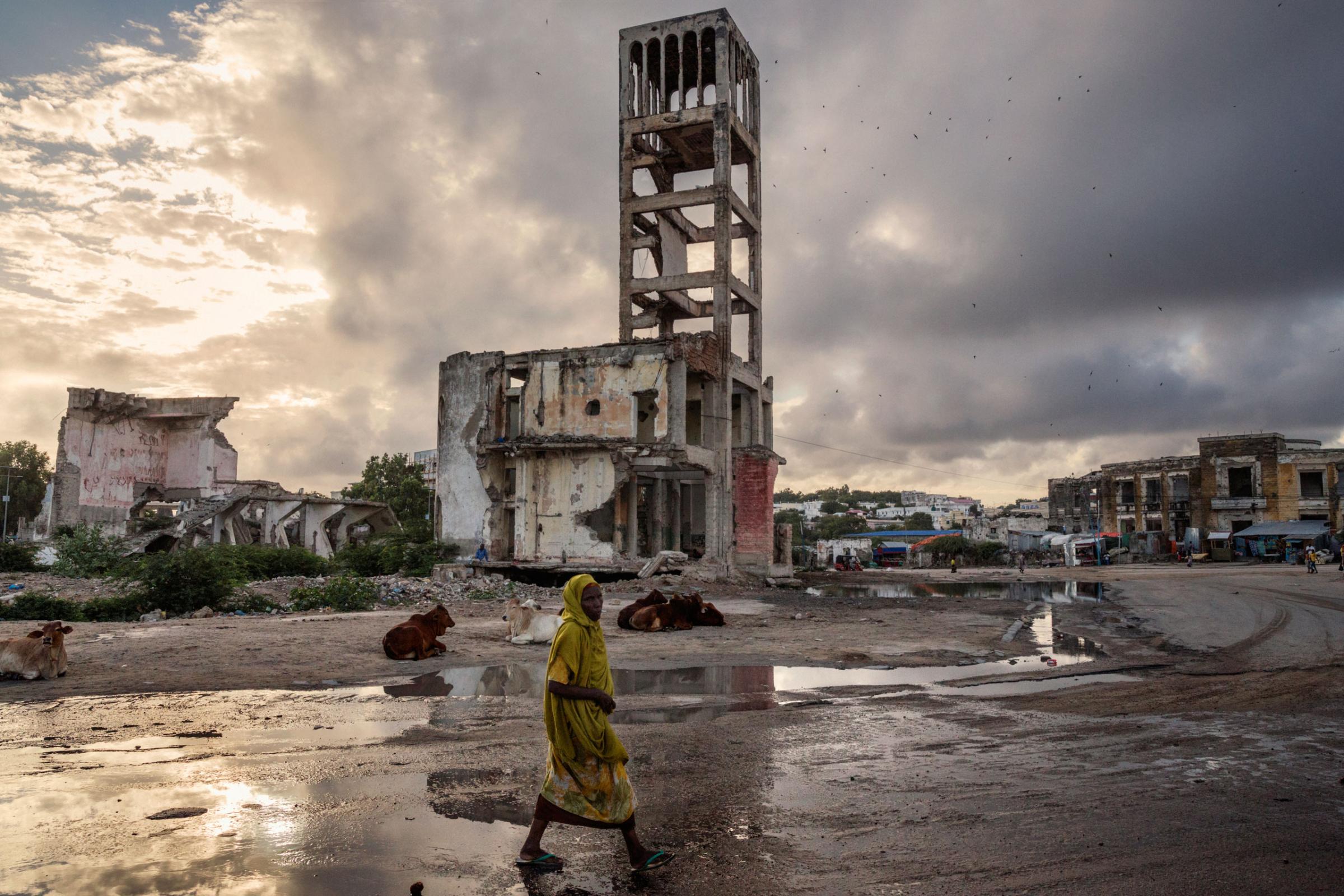

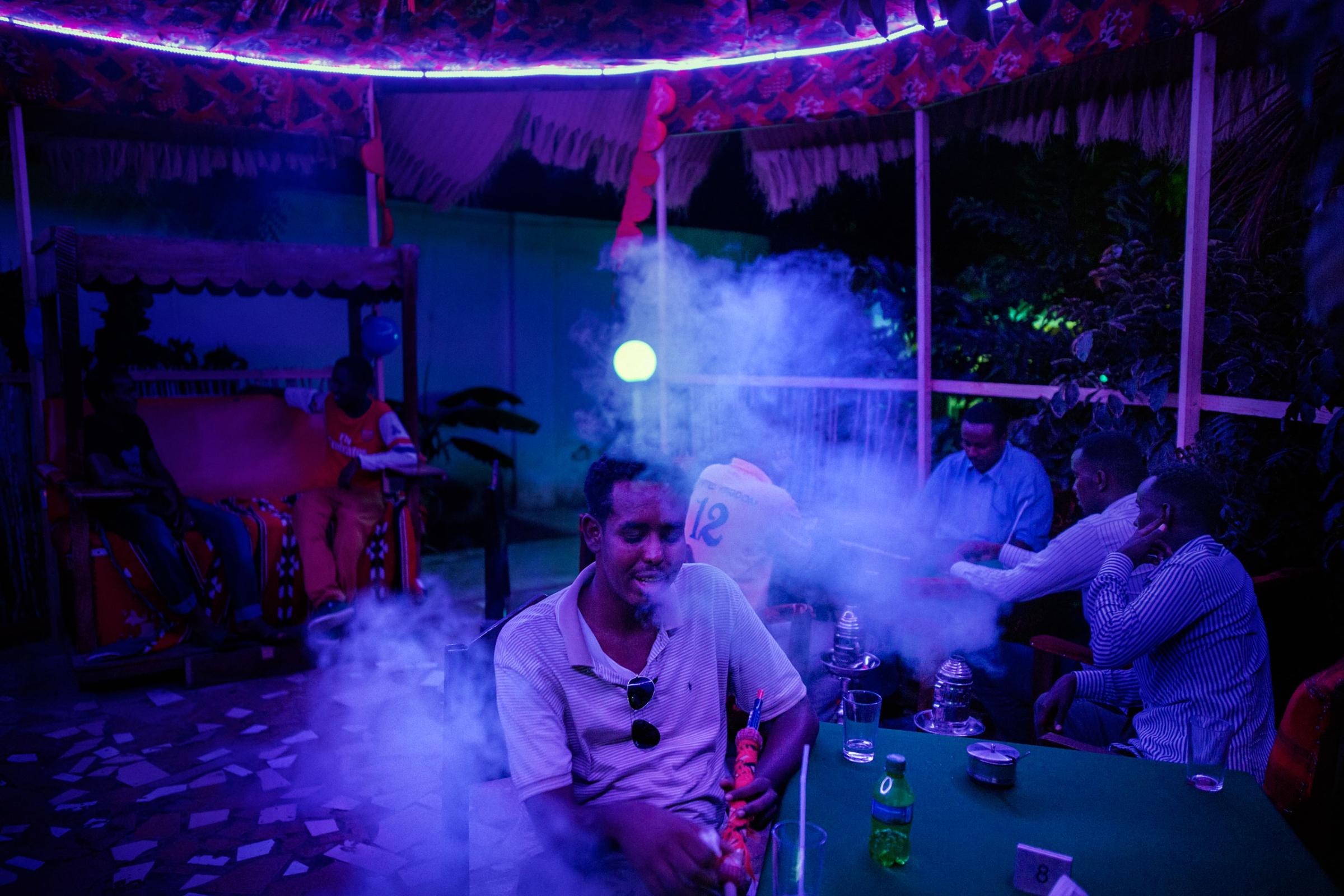
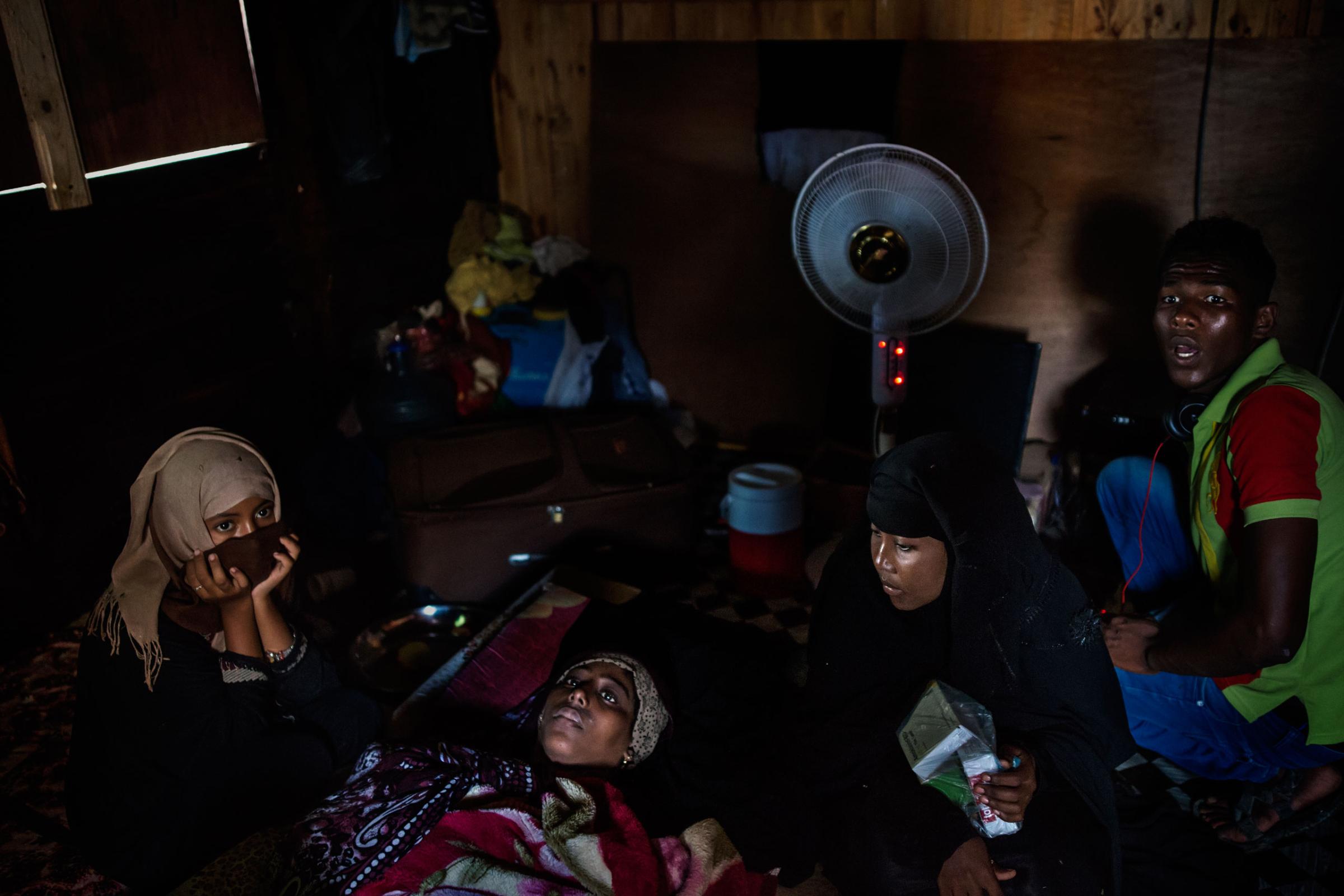


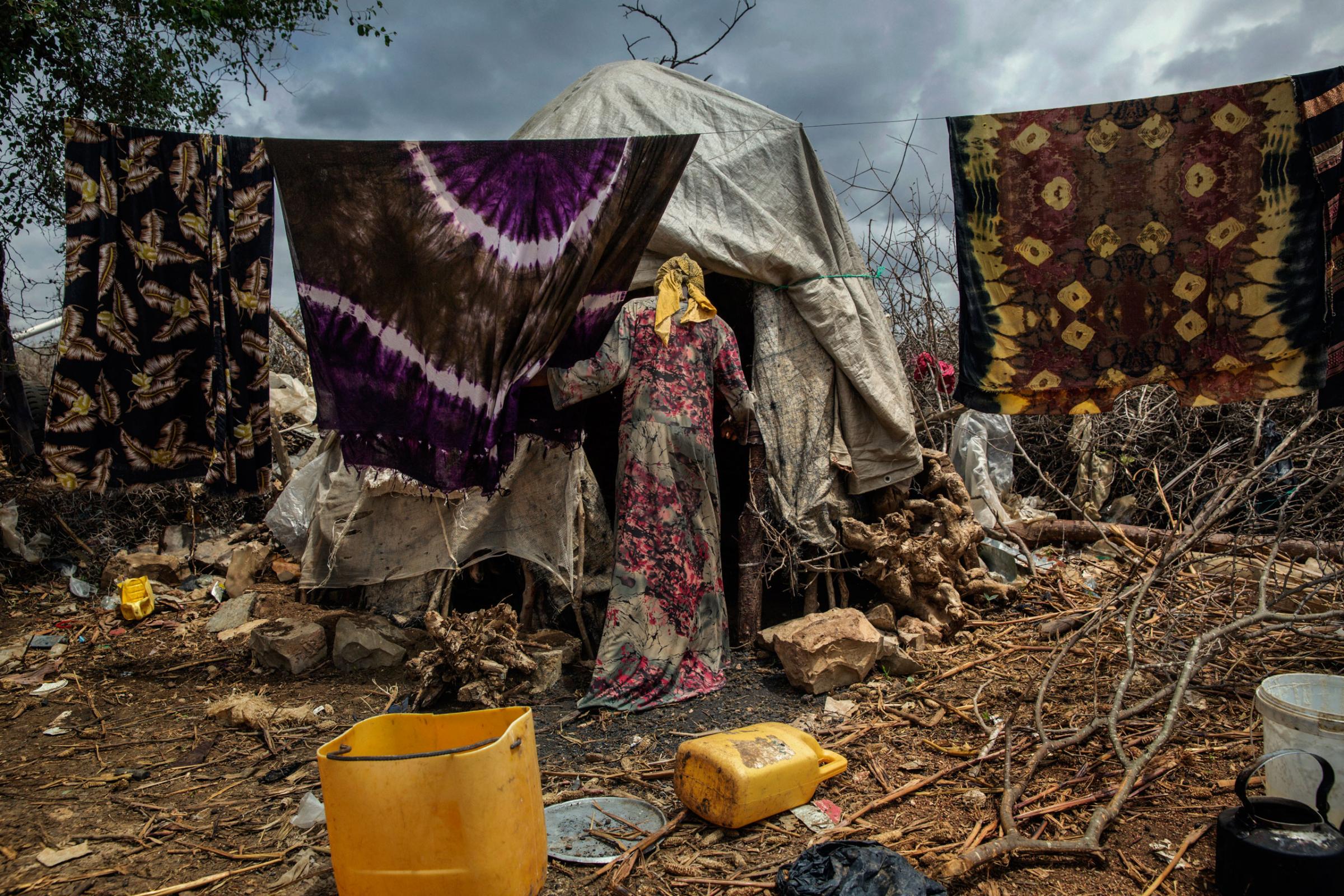
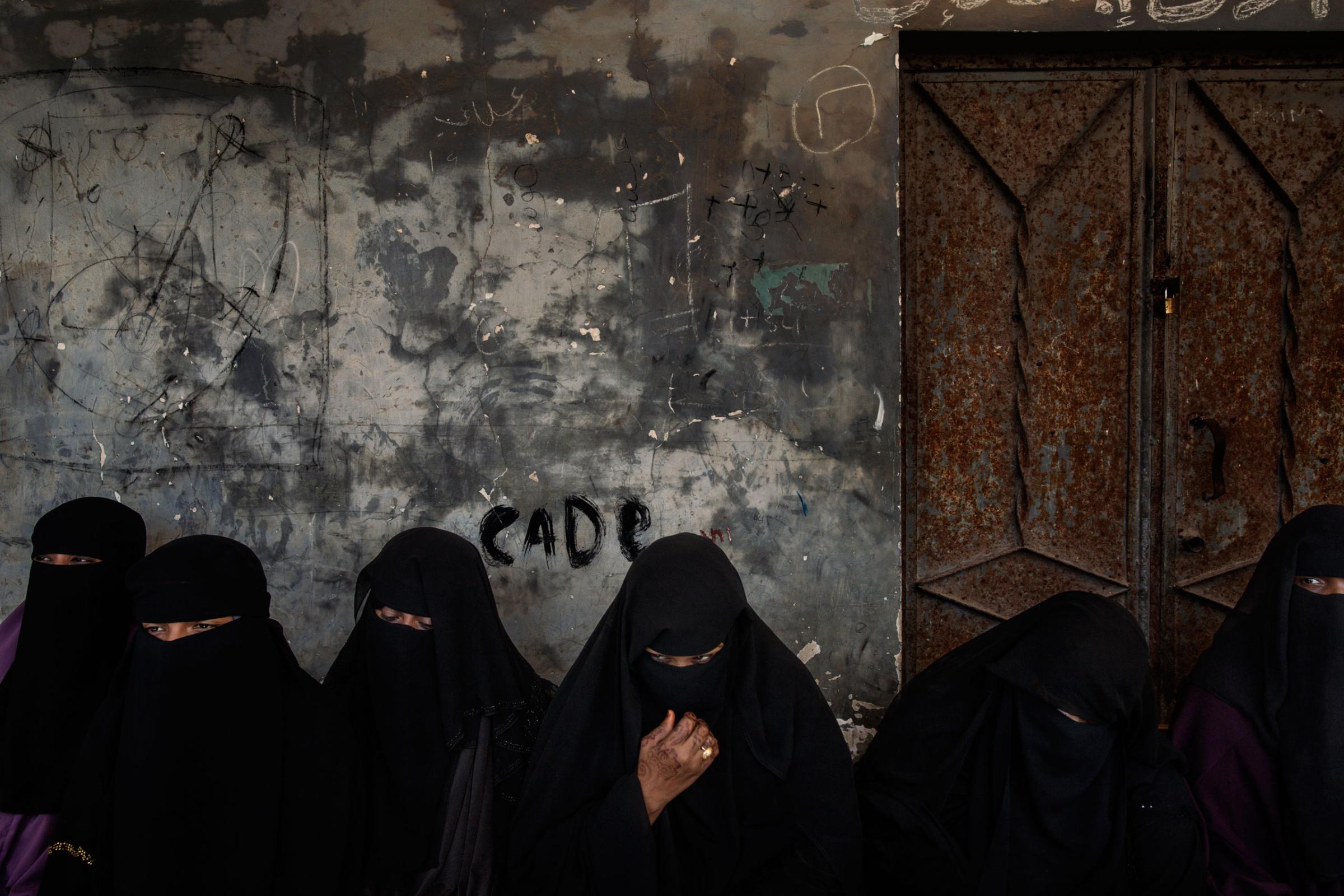


More Must-Reads from TIME
- Cybersecurity Experts Are Sounding the Alarm on DOGE
- Meet the 2025 Women of the Year
- The Harsh Truth About Disability Inclusion
- Why Do More Young Adults Have Cancer?
- Colman Domingo Leads With Radical Love
- How to Get Better at Doing Things Alone
- Michelle Zauner Stares Down the Darkness
Contact us at letters@time.com